Top 10 Birdwatching Locations for Rare Species
Birdwatching enthusiasts seeking rare species can explore some of the world's most stunning locations, where unique habitats and diverse ecosystems make for exceptional birding experiences. From the lush rainforests of Central America to the arid deserts of the American Southwest, these top ten spots offer a chance to observe elusive and endangered birds in their natural environments.
One of the premier locations for birdwatching is Costa Rica, renowned for its rich biodiversity and extensive national parks, such as Corcovado and Manuel Antonio, which are home to species like the Resplendent Quetzal and Scarlet Macaw. The Galápagos Islands offer an unparalleled opportunity to witness endemic species such as the Galápagos Penguin and the Floreana Mockingbird, while the wetlands of the Pantanal in Brazil provide a haven for rare birds like the Hyacinth Macaw and the Jabiru Stork. In North America, the Everglades is a critical habitat for the endangered Wood Stork and the elusive Snail Kite, attracting birders year-round. Other notable locations include the remote islands of Papua New Guinea, where the intricate plumage of Birds of Paradise can be spotted, and the diverse landscapes of South Africa’s Kruger National Park, which hosts a variety of rare species. Whether trekking through dense forests or scanning coastal shores, these locations promise thrilling encounters with some of the world’s most sought-after birds.

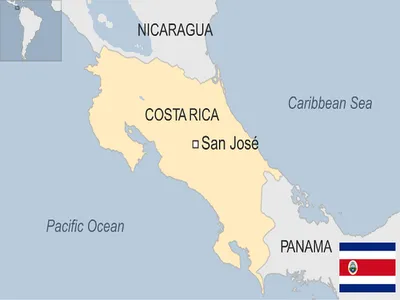 View All
View AllCosta Rica - Tropical paradise with diverse wildlife and gorgeous beaches.

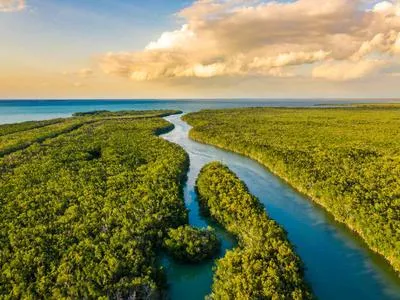 View All
View AllEverglades National Park, Florida - Biodiverse wetlands, ideal for rare birdwatching opportunities.

 View All
View AllKruger National Park, South Africa - Diverse habitats, rare birds, exceptional wildlife experiences await.

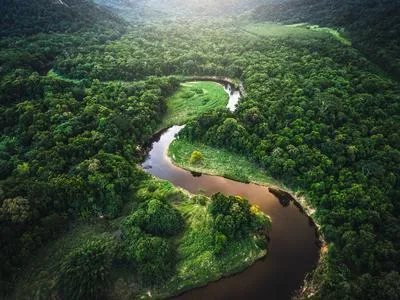 View All
View AllThe Amazon Rainforest - Biodiverse paradise, home to unique and rare bird species.

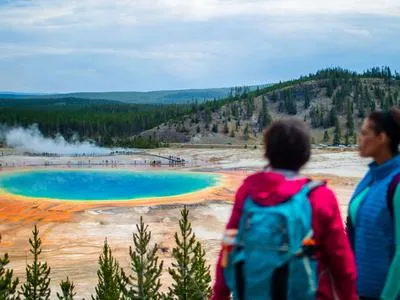 View All
View AllYellowstone National Park, Wyoming - Vast landscapes, diverse habitats, rare birds, stunning scenery.

 View All
View AllCape May, New Jersey - Cape May: prime spot for rare birdwatching adventures.

 View All
View AllFarallon Islands, California - Remote sanctuary, diverse seabird population, stunning coastal views.

 View All
View AllBird Islands, Seychelles - Biodiverse haven for rare seabirds and endemic species.

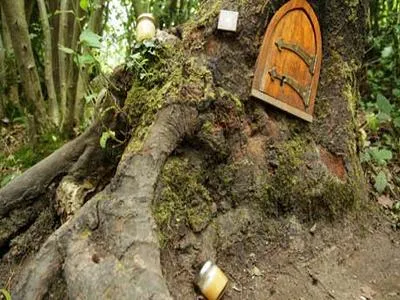 View All
View AllAshdown Forest, England - Ashdown Forest: Diverse habitats, rare birds, scenic landscapes.

 View All
View AllGalápagos Islands, Ecuador - Unique biodiversity, rare species, stunning landscapes, birdwatching paradise.
Top 10 Birdwatching Locations for Rare Species
1.
Costa Rica
Pros
Stunning biodiversity
year-round pleasant climate
welcoming locals
numerous outdoor activities
eco-friendly tourism initiatives.
Cons
High cost of living
limited nightlife options
potential for heavy rain
infrastructure challenges
wildlife risks.
2.
Everglades National Park, Florida
Pros
Biodiverse habitat supports rare species
Unique ecosystems provide stunning scenery
Excellent opportunities for photography
Year-round birdwatching
Educational programs enhance visitor experience.
Cons
Limited accessibility during wet seasons
high humidity can be uncomfortable
mosquito infestations deter visitors
weather can be unpredictable
park size makes navigation challenging.
3.
Kruger National Park, South Africa
Pros
Diverse bird species
excellent year-round birding opportunities
well-maintained infrastructure
guided birdwatching tours available
stunning natural landscapes.
Cons
High tourist traffic
limited access to remote areas
expensive accommodation
potential safety concerns
varying wildlife visibility.
4.
The Amazon Rainforest
Pros
Diverse bird species
unique ecosystems
stunning natural beauty
rich cultural experiences
excellent birdwatching infrastructure.
Cons
Limited accessibility
high humidity can deter visitors
potential for dangerous wildlife encounters
seasonal flooding affects travel
deforestation threatens habitats.
5.
Yellowstone National Park, Wyoming
Pros
Diverse bird species
stunning natural landscapes
excellent viewing opportunities
accessible hiking trails
rich ecological habitats.
Cons
Limited access during winter months
unpredictable weather conditions
crowded during peak seasons
potential wildlife encounters
varying visibility of rare species.
6.
Cape May, New Jersey
Pros
Diverse habitats attract numerous bird species
excellent viewing opportunities during migration seasons
unique coastal ecosystem
rich historical charm
friendly birdwatching community.
Cons
Limited accessibility during peak tourist season
high accommodation costs
crowded viewing spots
unpredictable weather conditions
potential for invasive species.
7.
Farallon Islands, California
Pros
Unique habitat for diverse avian species
excellent vantage points for birdwatching
opportunities to spot rare migratory birds
minimal human disturbance
stunning coastal scenery.
Cons
Limited accessibility for visitors
harsh weather conditions
potential for dangerous wildlife encounters
restricted areas for birdwatching
lack of amenities.
8.
Bird Islands, Seychelles
Pros
Unique biodiversity
stunning landscapes
home to rare seabirds
excellent photography opportunities
tranquil environment for birdwatchers.
Cons
Limited accessibility
harsh weather conditions
high costs for travel
potential for over-tourism
restricted accommodations.
9.
Ashdown Forest, England
Pros
Diverse habitats support various bird species
excellent for spotting rare migrants
peaceful and scenic surroundings
well-maintained walking trails
knowledgeable local birdwatching community.
Cons
Limited accessibility
busy tourist areas
unpredictable weather
potential for disturbance from walkers
and restricted viewing locations.
10.
Galápagos Islands, Ecuador
Pros
Unique biodiversity
stunning landscapes
accessible wildlife
excellent conservation efforts
exceptional birdwatching opportunities.
Cons
High travel costs
limited accommodation options
strict conservation regulations
unpredictable weather
potential for invasive species.
Similar Topic You Might Be Interested In
- Top 10 Ancient Ruins Hidden in the Jungle
- Top 10 Archaeological Sites Rediscovered in the Last Century
- Top 10 Roman Amphitheaters Outside Italy
- Top 10 Stone Circles Older Than Stonehenge
- Top 10 Historic Villages Preserved in Time
- Top 10 Viking Sites and Relics in Europe
- Top 10 Medieval Castles Built on Cliffs
- Top 10 Fortified Cities from Ancient Civilizations
- Top 10 Famous Battlefields to Visit
- Top 10 Best-Preserved Medieval Walled Towns